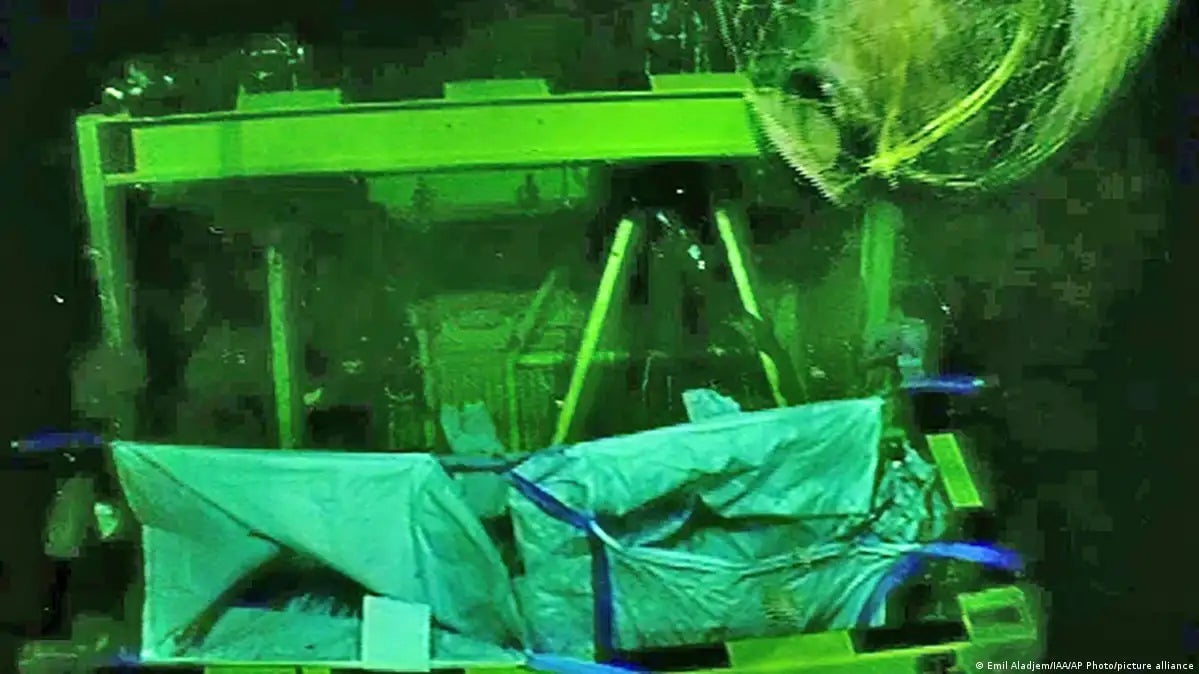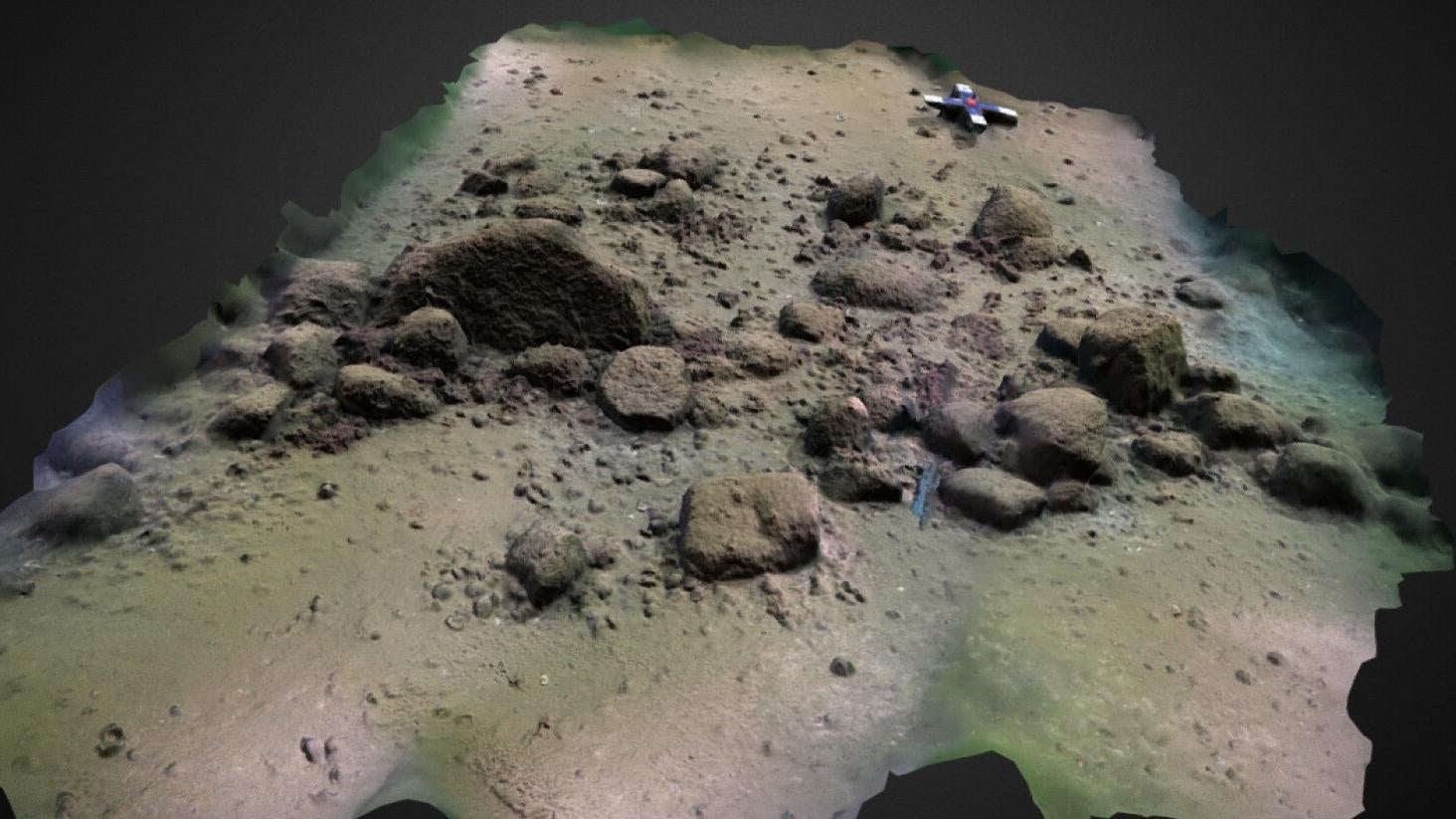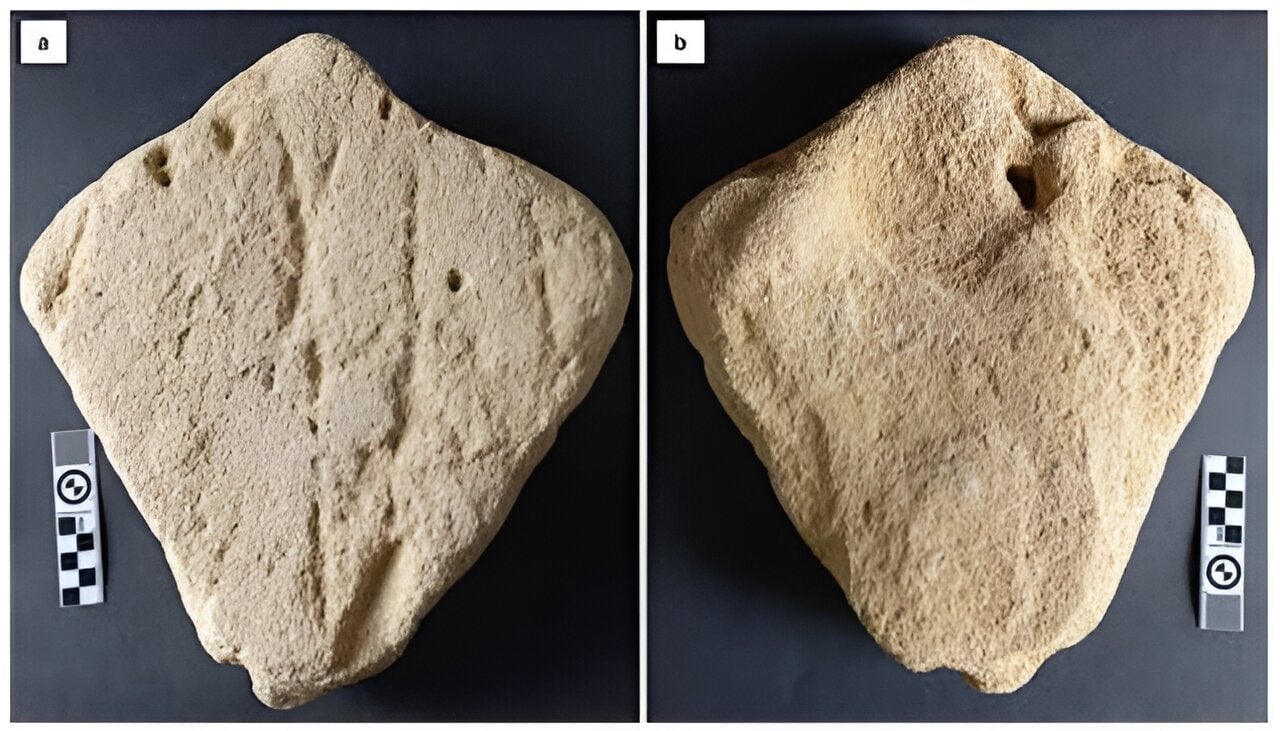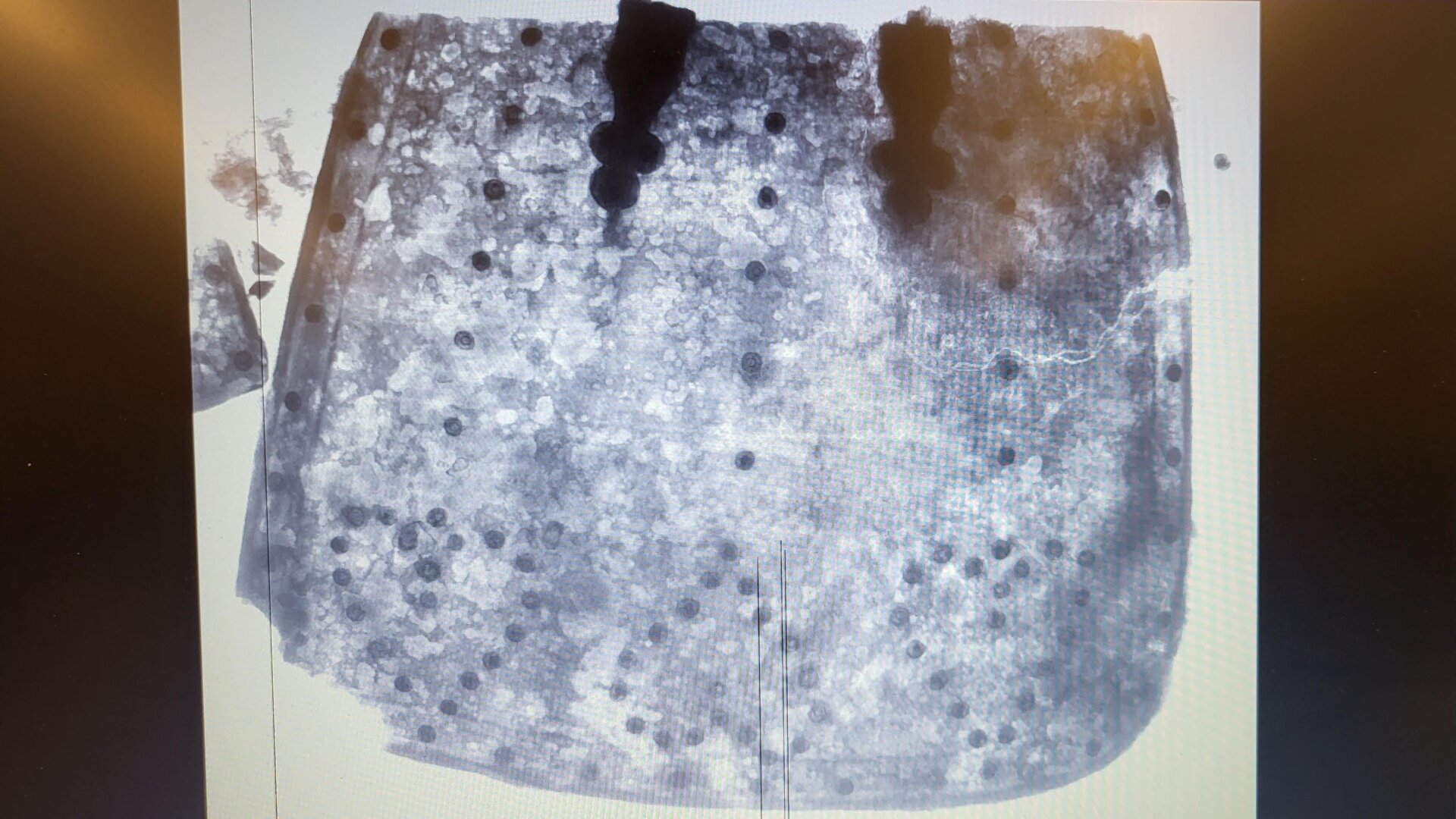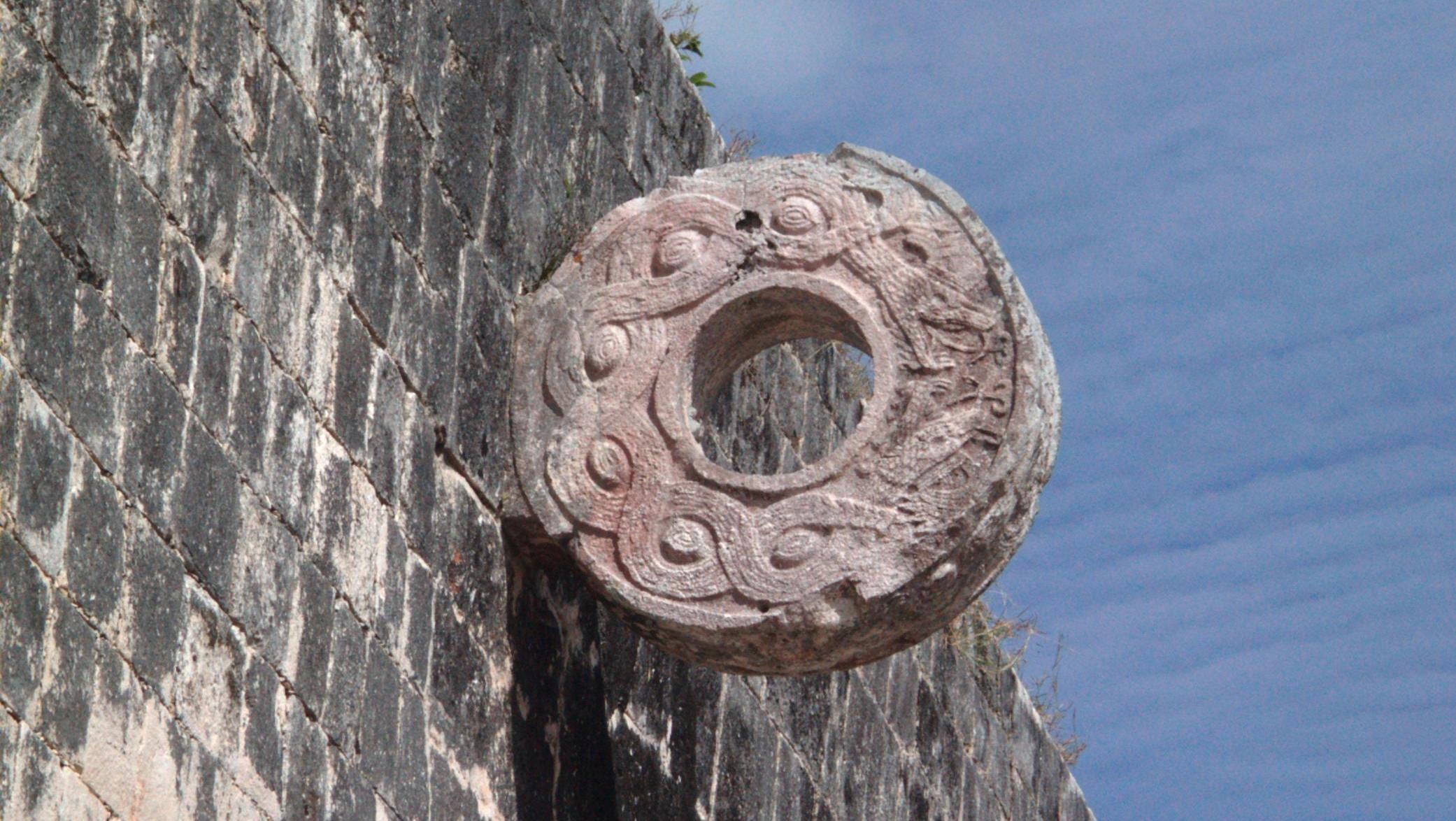A remarkable discovery off the coast of Israel is reshaping our understanding of ancient seafaring. A 3,300-year-old shipwreck, remarkably preserved and laden with its original cargo, has been found approximately 56 miles (90 kilometers) from shore, a surprising distance for a vessel of this era. Located at a depth of 5,900 feet (1,800 meters), the approximately 40-foot (13-meter) ship was discovered about a year ago, surrounded by hundreds of intact jars.
While the ship itself remains undisturbed on the seabed for the time being, the Israel Antiquities Authority has retrieved two of the jars for further investigation. The significant depth at which the wreck lies has protected it from the ravages of ocean currents and human interference, preserving the artifacts in exceptional condition.
Ancient Mariners Push the Boundaries of Seafaring
“This discovery fundamentally alters our perception of ancient mariners’ capabilities,” stated Jacob Sharvit, head of the Israel Antiquities Authority’s marine unit, in an official release. “This is the first time a vessel of this age has been found so far from land, beyond the line of sight to any coastline.”
 Jars littering the ocean floor around the wreck.Hundreds of Canaanite jars surround the ancient shipwreck. Photo: Energian
Jars littering the ocean floor around the wreck.Hundreds of Canaanite jars surround the ancient shipwreck. Photo: Energian
This discovery challenges previous assumptions about the navigational skills of Late Bronze Age sailors in the region. The wreck’s location, significantly further offshore than other similar finds, suggests a level of maritime expertise previously unknown. The Israel Antiquities Authority speculates that the ship may have met its fate due to a sudden storm or a pirate attack.
Navigating by the Stars: A Shared Ancient Skill
This finding demonstrates that ancient sailors possessed advanced navigational knowledge. While Polynesian seafarers are known for their remarkable voyages across the Pacific over the last 25,000 years, documented by the Woods Hole Oceanographic Institution, both these ancient groups likely relied on celestial navigation, using the sun and stars to guide their journeys across open waters.
The jars recovered from the wreck have been identified as Canaanite, linking the vessel to this ancient civilization that inhabited the Levant. This discovery connects to another recent archaeological find in 2022: a 3,000-year-old comb inscribed with the earliest known Canaanite sentence, which, interestingly, described a remedy for head lice.
A Remarkable Find Among Recent Discoveries
Despite the age, remote location, and pristine condition of the Bronze Age shipwreck, other significant maritime discoveries have made headlines recently. The discovery of Ernest Shackleton’s ship, Quest, which sank in 1962 near Canada’s eastern coastline, garnered significant attention. This followed the 2020 discovery of Shackleton’s Endurance, found remarkably preserved at a depth of 9,800 feet (2,987 meters) in the Weddell Sea, where the absence of wood-boring organisms contributed to its preservation. Last year, the 129-year-old wreck of the Ironton was also found in remarkably good condition, with all three masts still standing upright on the bed of Lake Huron.
A Testament to Time and Preservation
The remarkable preservation of this 3,300-year-old shipwreck, significantly older than the other recent finds, highlights the wealth of historical information that can be gleaned from artifacts protected by the natural environment. This discovery offers a unique window into the maritime capabilities of ancient civilizations, challenging our previous understanding and prompting further exploration into the mysteries of the deep.
The recent shipwreck discovery serves as a stark reminder of the enduring power of time and the invaluable insights that can be gained from the past. These discoveries continue to contribute to our understanding of maritime history and the incredible feats of ancient mariners.



